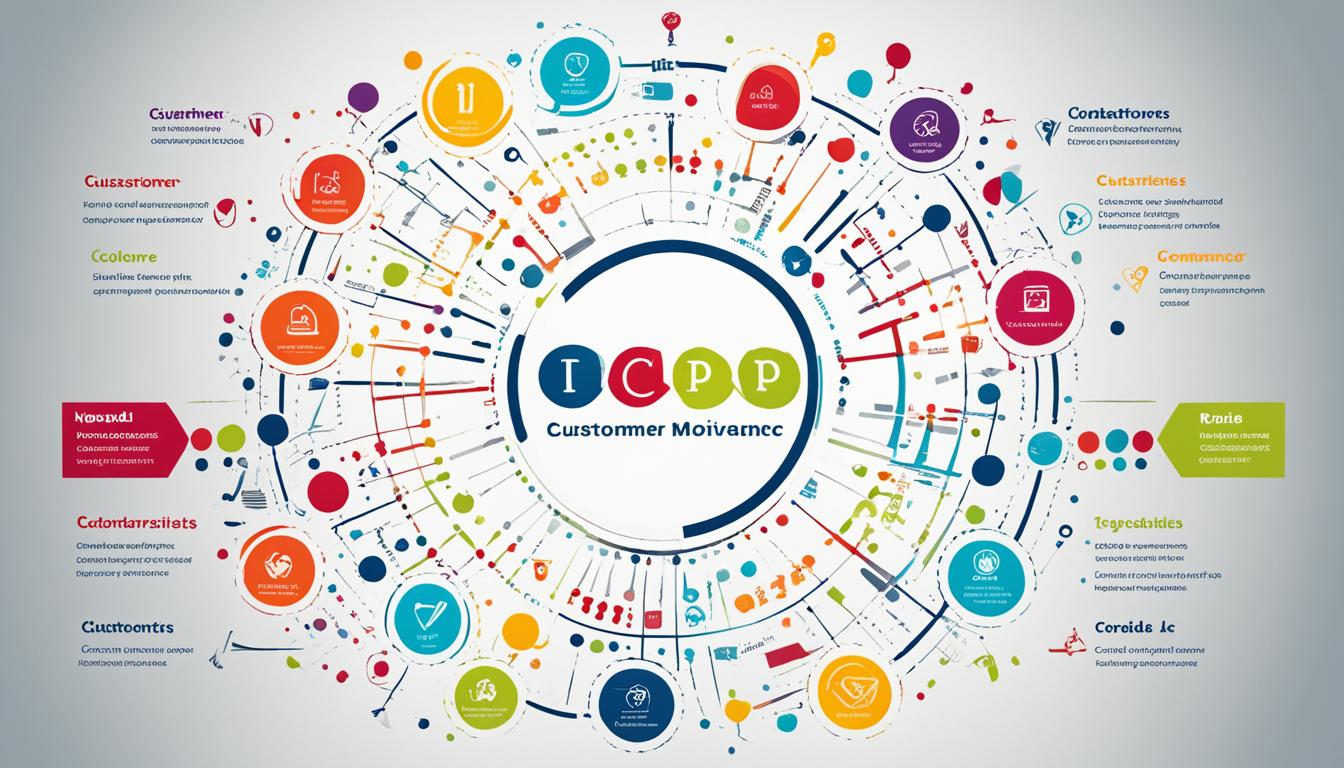Blockchain is constantly evolving, and if you’ve been paying attention, you’ve probably noticed a lot of talk about Layer 1 and Layer 2 blockchains. Layer 1 is where everything starts, while Layer 2 helps scale things up, speeding up transactions and reducing fees.
Layer 3 is introduced as a new approach focused on improving the user experience and making decentralized applications (dApps) more practical and scalable. If blockchain is going to go mainstream, it needs to be faster, cheaper, and easier to use — and that’s exactly what Layer 3 aims to achieve.
What Are Blockchain Layers?
Blockchain operates on a series of layers, starting with Layer 1: the base blockchain. Layer 1 is where networks like Bitcoin and Ethereum validate transactions and process data.
Built on top of Layer 1, Layer 2 aims to improve scalability. It handles more transactions per second, reducing the congestion that leads to high fees and slow transaction times. Solutions like the Lightning Network for Bitcoin or Optimistic Rollups for Ethereum fall into this category.
These help make blockchain networks more efficient, but the user experience still needs improvement.
Layer 3 blockchains sit on top of Layers 1 and 2, focusing on the end-user experience. While Layer 1 handles the blockchain itself and Layer 2 works on scalability, Layer 3 makes dApps faster, cheaper, and more user-friendly.
Layer 3 provides developers with the tools to create better, more efficient applications. It reduces the friction associated with using blockchain, making it easier to interact with everything from decentralized finance (DeFi) platforms to NFT marketplaces.
Real-World Applications of Layer 3 Blockchains
In decentralized finance (DeFi), Layer 3 is helping crypto exchange platforms provide a smoother, more efficient experience, whether users are tracking BTC price changes or trading through self-custody. With improved scalability and reduced fees, transactions happen faster, which means no more frustrating delays when you’re trying to trade or move assets.
Layer 3 is also transforming gaming and NFTs. Games built on Layer 3 can offer faster in-game transactions, while NFT platforms can lower the costs of minting and transferring tokens. This adds up to a better user experience, making blockchain technologies more practical and mainstream.
What Are Common Advantages of Layer 3?
Layer 3 brings several key advantages that can make a huge difference in blockchain. First, scalability is massively improved. Layer 3 helps streamline transactions and ensure they happen more quickly and efficiently.
Beyond scalability, Layer 3 is also cost-effective. By making transactions faster and reducing the load on the blockchain network, Layer 3 can significantly lower the gas fees associated with transactions. With Layer 3, blockchain systems become more accessible, especially for smaller transactions that might otherwise be too costly.
Another benefit is flexibility. Developers can create custom experiences on top of Layer 3, designing applications that best serve their users’ needs. Whether improving the user interface for a decentralized application or integrating new features, Layer 3 enables blockchain applications to be more adaptable and versatile.
What Are the Challenges of Layer 3 Blockchain?
Of course, Layer 3 isn’t without its challenges. One major hurdle is security. Layer 3 solutions depend on both Layer 1 and Layer 2, so any vulnerabilities at these lower layers can impact the entire system. Making sure that Layer 3 solutions remain secure while interacting with multiple blockchain layers requires robust measures and constant monitoring.
Another challenge is cross-chain interoperability. As more blockchains emerge, ensuring they can work seamlessly together becomes more complicated. Layer 3 has the potential to help with this, but creating smooth interoperability between various chains still requires significant development.
Lastly, there’s the risk of centralization. While Layer 3 can help improve performance and scalability, it could also lead to situations where control of applications or services becomes more centralized. Striking a balance between decentralization and performance will be key to avoiding this issue.
What Is the Future of Layer 3?
Looking ahead, Layer 3 is poised to become a vital component in the blockchain ecosystem. As more industries explore the potential of decentralized systems, Layer 3 could become the key to mass adoption. With its ability to improve scalability, reduce costs, and enhance user experience, it’s easy to see why many developers are excited about what Layer 3 can offer.
The future could also bring deeper integration with existing infrastructure. This could revolutionize the way people use cryptocurrency and interact with decentralized networks.
The Next Step in Blockchain Evolution
Layer 3 represents an exciting new frontier for blockchain. It builds on the foundational work done by Layer 1 and Layer 2, making blockchain technology more scalable, affordable, and user-friendly. As it continues to evolve, Layer 3 will open up new possibilities for decentralized applications, DeFi platforms, gaming, and beyond.
For anyone invested in the blockchain space, understanding Layer 3 is essential. It’s the next logical step in the evolution of blockchain, pushing us closer to a world where decentralized networks are truly mainstream and accessible. If you’ve been keeping an eye on this technology, it’s clear that Layer 3 will play a major role in shaping the future of blockchain.







